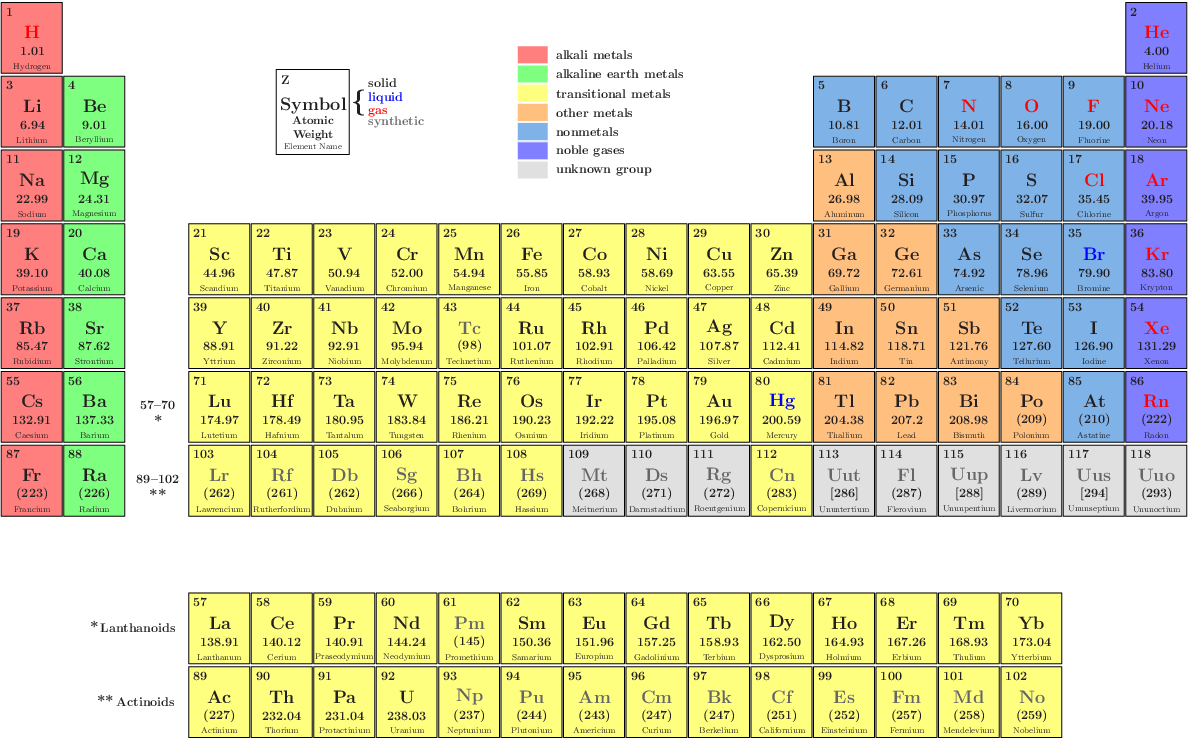

The HTML element specifies a term in a description or definition list, and as such must be used inside a dl element. Common uses for this element are to implement a glossary or to display metadata (a list of key-value pairs). The element encloses a list of groups of terms (specified using the dt element) and descriptions (provided by dd elements). The HTML element represents a description list. styling is directly applied to it, or some kind of layout model like Flexbox is applied to its parent element). It has no effect on the content or layout until styled in some way using CSS (e.g. The HTML element is the generic container for flow content.
/Wu_Xing-56a92e4d3df78cf772a4804b.jpg)
The HTML element provides the description, definition, or value for the preceding term ( dt) in a description list ( dl). A URL for the source of the quotation may be given using the cite attribute, while a text representation of the source can be given using the cite element.
#THE ELEMENTS HOW TO#
Usually, this is rendered visually by indentation (see Notes for how to change it). The HTML element indicates that the enclosed text is an extended quotation. Sections should always have a heading, with very few exceptions. The HTML element represents a generic standalone section of a document, which doesn't have a more specific semantic element to represent it. Common examples of navigation sections are menus, tables of contents, and indexes. The HTML element represents a section of a page whose purpose is to provide navigation links, either within the current document or to other documents. The main content area consists of content that is directly related to or expands upon the central topic of a document, or the central functionality of an application. The HTML element represents the dominant content of the body of a document. is the highest section level and is the lowest. The to HTML elements represent six levels of section headings. It may contain some heading elements but also a logo, a search form, an author name, and other elements.

The HTML element represents introductory content, typically a group of introductory or navigational aids. A typically contains information about the author of the section, copyright data or links to related documents. The HTML element represents a footer for its nearest ancestor sectioning content or sectioning root element. Asides are frequently presented as sidebars or call-out boxes. The HTML element represents a portion of a document whose content is only indirectly related to the document's main content. Examples include: a forum post, a magazine or newspaper article, or a blog entry, a product card, a user-submitted comment, an interactive widget or gadget, or any other independent item of content. The HTML element represents a self-contained composition in a document, page, application, or site, which is intended to be independently distributable or reusable (e.g., in syndication). The HTML element indicates that the enclosed HTML provides contact information for a person or people, or for an organization. It only contains text tags within the element are ignored. The HTML element defines the document's title that is shown in a Browser's title bar or a page's tab. It contains CSS, which is applied to the contents of the document containing the element. The HTML element contains style information for a document, or part of a document. The HTML element represents Metadata that cannot be represented by other HTML meta-related elements, like base, link, script, style or title. This element is most commonly used to link to CSS, but is also used to establish site icons (both "favicon" style icons and icons for the home screen and apps on mobile devices) among other things. The HTML element specifies relationships between the current document and an external resource. The HTML element contains machine-readable information (metadata) about the document, like its title, scripts, and style sheets. There can be only one element in a document. The HTML element specifies the base URL to use for all relative URLs in a document. HTML table advanced features and accessibility.From object to iframe - other embedding technologies.Assessment: Structuring a page of content.


 0 kommentar(er)
0 kommentar(er)
